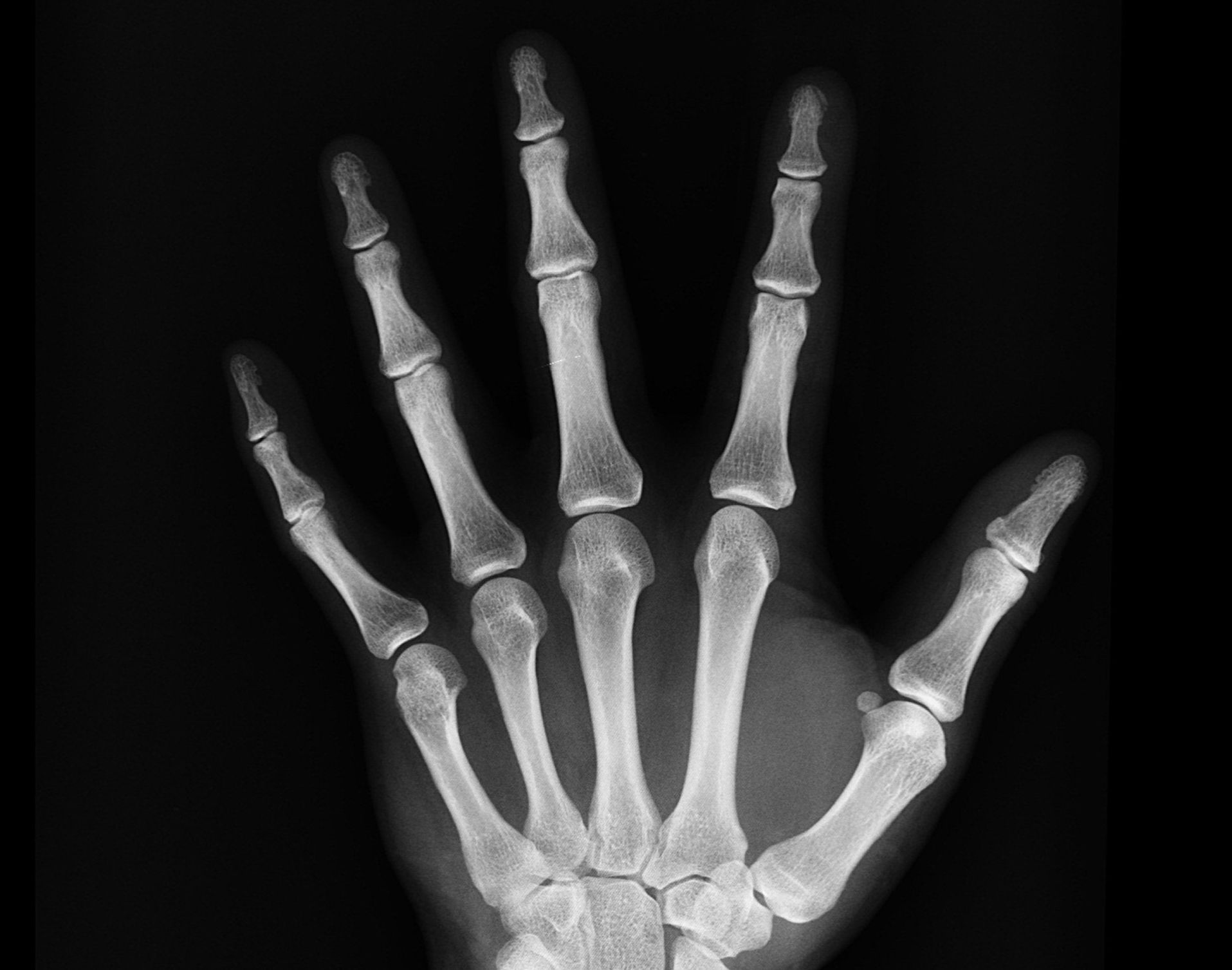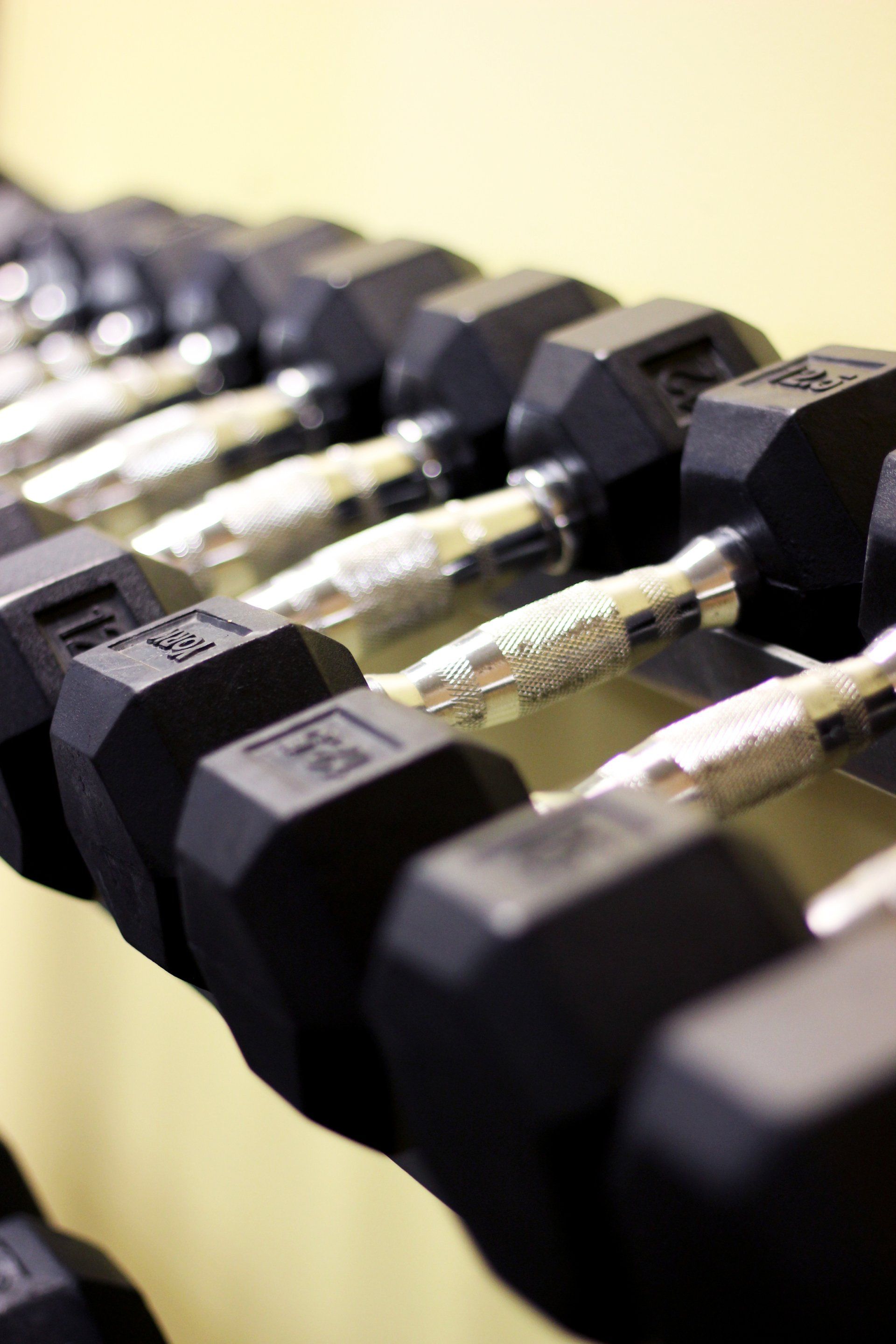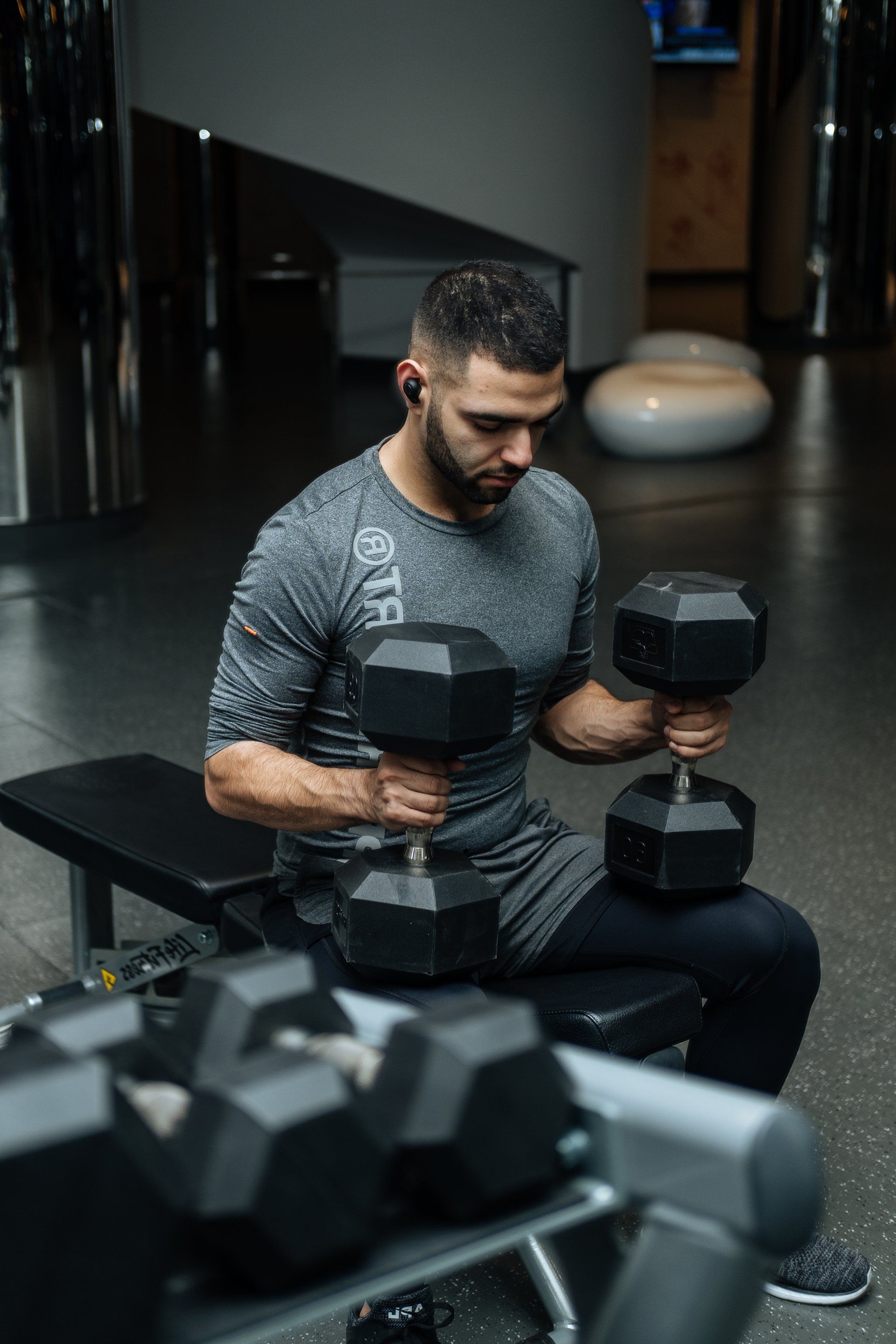Building Strong Bones: Weightlifting and Resistance Training for Bone Health
When it comes to staying strong and active, it's not just about muscles and cardiovascular endurance; our bones play a crucial role too. In this article, we'll explore the benefits of weightlifting and resistance training for building strong bones and maintaining optimal bone health.

Understanding Bone Health
Bones are living tissues that undergo a continuous process of remodeling, where old bone tissue is broken down and replaced by new bone tissue. This remodeling process is regulated by various factors, including genetics, hormones, and physical activity. As we age, the rate of bone loss tends to exceed the rate of bone formation, which can lead to conditions like osteoporosis, where bones become weak and fragile.
The Role of Weightlifting and Resistance Training
Weightlifting and resistance training are often associated with building muscle mass and strength, but their impact on bone health should not be underestimated. When you subject your bones to the stress of resistance training, it signals your body to increase bone density and strengthen the skeletal structure.
Weightlifting and resistance exercises involve working against resistance, which can be in the form of free weights, machines, or even bodyweight. These exercises create tension on the bones, stimulating the osteoblasts (cells responsible for bone formation) to work more efficiently, resulting in stronger bones over time.
Benefits of Weightlifting and Resistance Training for Bone Health
- Increased Bone Density:
Studies have shown that weightlifting and resistance training can significantly increase bone mineral density, reducing the risk of fractures and osteoporosis. The impact of these exercises on bone health is particularly crucial for postmenopausal women and older adults who are more prone to bone loss. - Improved Balance and Coordination:
Engaging in resistance exercises helps improve balance, coordination, and overall stability. By strengthening the muscles around the joints, weightlifting can reduce the risk of falls and subsequent fractures, which is especially important for older individuals. - Enhanced Joint Health:
Weightlifting and resistance training strengthen the muscles, tendons, and ligaments surrounding the joints, providing added support and stability. This can help alleviate joint pain and reduce the risk of degenerative conditions like osteoarthritis. - Overall Strength and Functionality:
Regular weightlifting and resistance training sessions lead to increased muscle strength and power. Strong muscles help protect the bones and joints during physical activities, allowing for improved overall functionality and performance in daily tasks.
Incorporating Weightlifting and Resistance Training into Your Routine
Now that we've highlighted the benefits, it's time to discuss how you can incorporate weightlifting and resistance training into your fitness routine:
- Consult a Personal Trainer:
If you're new to weightlifting or resistance training, it's advisable to seek guidance from a certified personal trainer. They can assess your current fitness level, create a customized program tailored to your goals, and ensure proper form and technique to prevent injuries. - Start Slow and Progress Gradually:
Begin with lighter weights or resistance bands and focus on learning proper form and technique. As you gain strength and confidence, gradually increase the intensity and resistance. - Mix Up Your Routine:
Vary your exercises to target different muscle groups and challenge your bones from various angles. Incorporate compound exercises like squats, deadlifts, lunges, and bench presses, as well as isolation exercises to target specific muscles. - Stay Consistent:
Consistency is key when it comes to reaping the benefits of weightlifting and resistance training. Aim for at least two to three sessions per week, allowing for proper rest and recovery between workouts.
Investing in your bone health is just as important as focusing on other aspects of fitness. Weightlifting and resistance training offer a multitude of benefits beyond building muscles and improving strength. By incorporating these exercises into your routine, you can enhance bone density, improve balance and coordination, and promote overall bone health.
Remember, safety is paramount, so be sure to consult with a personal trainer who can guide you through the proper techniques and progressions. At Stony Creek Athletics, our team of dedicated trainers is here to help you achieve your fitness goals while ensuring you prioritize your bone health. Get started today and build a stronger foundation for a healthier, more active life!
Sources:
- National Osteoporosis Foundation. (n.d.). Exercise for Strong Bones. Retrieved from https://www.nof.org/patients/treatment/exercisesafe-movement/exercise-for-strong-bones/
- American Council on Exercise. (2018). How Weight Training Can Help Prevent Osteoporosis. Retrieved from https://www.acefitness.org/education-and-resources/professional/expert-articles/7120/how-weight-training-can-help-prevent-osteoporosis/
- Wolff, I., et al. (1999). Exercise Protocols to Increase Bone Strength. Journal of Bone and Mineral Research, 14(6), 905-912. Retrieved from https://doi.org/10.1359/jbmr.1999.14.6.905

















